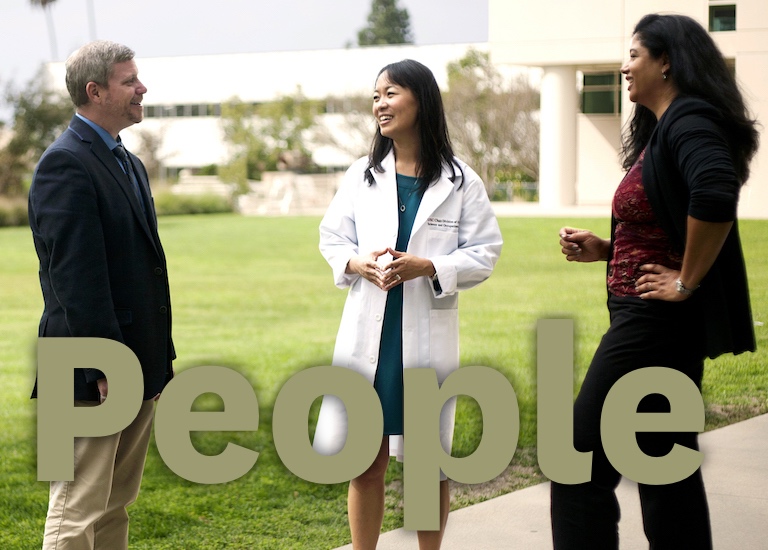Student Blog
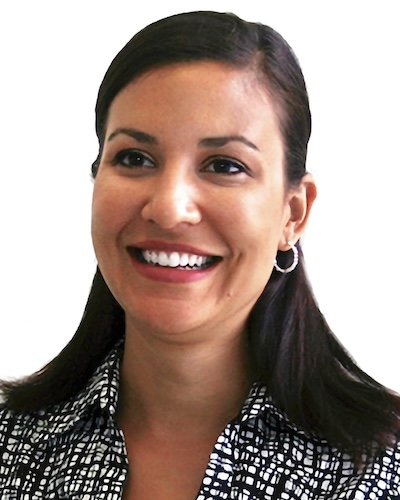
Time Flies When You’re Having Fun! ⟩
November 5, 2012, by Amber
Today I ran into family friends that I haven’t seen in 3 years. When I last saw them, I had not even learned about this career called occupational therapy. I didn’t know it existed. It’s impossible to imagine, now that I am so immersed in my studies. Needless to say, the explanation of what I am doing now took a very long time! It was very striking to consider how much my life has changed in the last three years. At that time I was a working professional in an entirely different field, and had a vision for my life that did not include going back to school or changing careers. The conversation also made it very clear how quickly time has passed since I decided to pursue occupational therapy. I was excited to tell them that I will graduate in May. In what seems like the blink of an eye, I have achieved something great. I can’t wait to take that licensing exam!
⋯
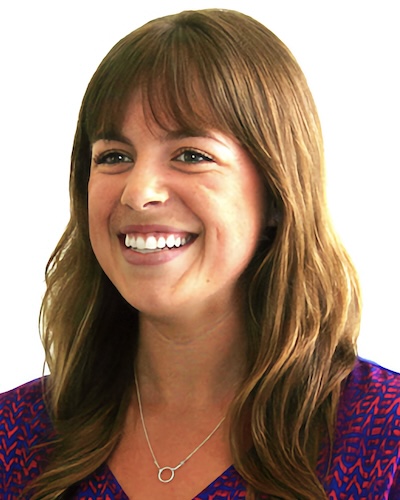
OT Global Day of Service ⟩
November 2, 2012, by Paula
Community Getting Involved What are OS/OT?
Last weekend, on October 27th, was the Occupational Therapy Global Day of Service in which occupational therapists worldwide become involved in volunteer efforts in observance of World Occupational Therapy Day. This year, students from USC’s Division of Occupational Science and Occupational Therapy took this opportunity to go out with friends to lend a helping hand while also educating others on the all that the profession has to offer. Students were involved in many different ways for the Global Day of Service.
I was lucky enough to volunteer with an organization called CFY. This group helps families set up their own computer-based Home Learning Center at the beginning of the workshop, learn basic software operations and get hands-on experience using their Home Learning Center to improve reading, writing, and mathematics. In the sessions, we assisted families during the workshop and helped keep the day running smoothly. At the end of the trainings, families pack up their Home Learning Center and take it home. This was a truly humbling experience to be able to volunteer with this group and extremely applicable to occupational therapy as we were enabling families to learn in which was some of their very first exposure to a computer and we were able to give them the tools to interact in an educational manner with their children.
Having grown up in a generation which is so completely engrossed in all things technology, this was an extremely valuable experience for me and a reminder of how different lived experiences can be from one person to the next. I was so excited to participate in this day of service and I am proud of my fellow occupational therapy students and practitioners who also took the time out of their Saturday in order to give back to the community, to pay it forward, and to educate someone else of the importance and applicability of occupational therapy.
⋯
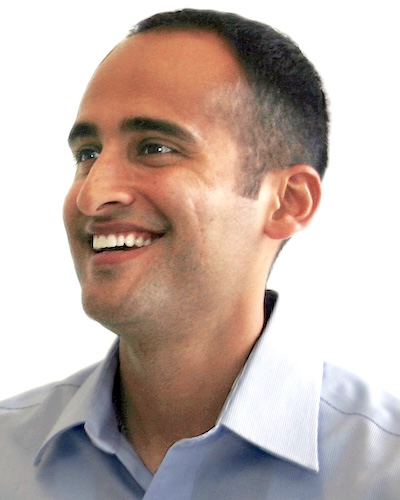
First Session ⟩
November 1, 2012, by Ricky
So, I am currently doing my Pediatric rotation (immersion). Yesterday, I had my first shot at conducting an intervention session. To this point, I had been mostly observing. I have had opportunities to interact with the children, but now, the pressure was on to apply the stuff I have been learning and make the interaction purposeful. My fieldwork educator (FE) had asked that I prepare an intervention plan for a particular child — that had been a few weeks ago. I was actually supposed to do the session last week, but I got sick (honestly, I wasn’t stalling . . . didn’t want to get the little man sick). Anyhow, my session was pretty well-planned, but MAN! It turned out to be a lot more difficult than I expected. I mean, I can interact and play with kids like nothing, but making the interaction therapeutic is really tough. Plus, I have volunteered/worked at a pediatric therapy clinic that operates quite similarly to this place. So, it was a little frustrating when things weren’t flowing as I had hoped. It also didn’t help that the kid’s mom, my FE, and the new OT were all observing me. Needless to mention, things got off to a rocky start and there was a lot of awkward silence. I tried to remind myself that our therapeutic relationship was still new and developing. I tried to let loose and focus more on connecting with the little guy — establish and maintain joint-attention. Things progressed slowly, but they progressed, nonetheless. My therapy plan didn’t completely go out the window, but I definitely made adjustments. Towards the end, things seemed better, and the last 10 minutes or so went by a lot faster. When we were all done, I told my little client, “we survived!” We both took a deep sigh of relief and gave each other a high-five. Haha, he was a good sport. My FE was great at providing feedback and reassured that each session would get easier. I feel like I need tons more experience, but I now there’s light at the end of the proverbial tunnel here. I’m pretty stoked that things started to become more natural later in the session, because I am actually trying to work with kids, upon graduation. This was a relief. Overall, it was a great experience: it was hard and awkward, but I was not defeated. I’m not dreading the next one. I’ll let ya’ll know how it goes in 2 weeks when I try my plan again. Also, I think I need to learn how to sing . . .
⋯

NAMI ⟩
November 1, 2012, by Alisa
Classes Getting Involved What are OS/OT?
One of our assignments for my class was to attend a National Alliance on Mental Illness (NAMI) meeting. I attended a family-to-family support group on Monday, and to be honest, it was a truly eye-opening experience to be able to hear about the families’ lived experience. My attendance at the meeting confirmed my desire to work in the mental health setting. Some of the families in attendance have family members such as sons and daughters, spouses, and siblings who are affected by mental conditions. These conditions include borderline personality disorder, schizophrenia, anxiety, and depression.
I thought the set-up of the meeting worked well where everyone said his or her name and the person in their family living with a mental condition. After the check-in, the two facilitators attempted to problem solve urgent issues first, then they tried to problem solve other issues together as a group as time permitted. The facilitators stated that it was especially hard to know that what we have planned for our family members might not turn out to be exactly as planned. Everyone has come a long way, and by showing up to the meeting is a step toward change. One member shared that how a mental condition affects marriage and now has affected her son. It was comforting for me to learn that despite living with a mental condition, it is still possible to live life to the fullest when paired with medications and therapy. Sometimes it is a “difference between night and day” as one member stated. Some of their loved ones have graduated from universities, but they are now struggling with keeping a job. One member shared that her sibling wanted to get more involved and give back to the community and share what it is like to live with a mental condition and lupus.
As I experienced the meeting, I could empathize with some of the family members whose siblings are living with a mental condition. I felt that the families at the meeting cared about their loved ones, and I have found a place where it is fine to talk about our lived experiences. Although I have chosen not to share about my experiences since I wanted to observe at my first time there, I could see myself returning to the group and learning more from the families there. It has provided me to a valuable learning experience indeed. Some of the group members stated that it was important for them to attend the group because it meant a lot for their loved ones. Some felt that violence was an issue while others attend because they want to find new ways of coping. Some are still going to the grieving process while others have come to terms with their loved ones. All in all, the meeting provided a safe space for anyone to share and learn, and for that, I am grateful that such amazing organizations exist. Go NAMI!
⋯
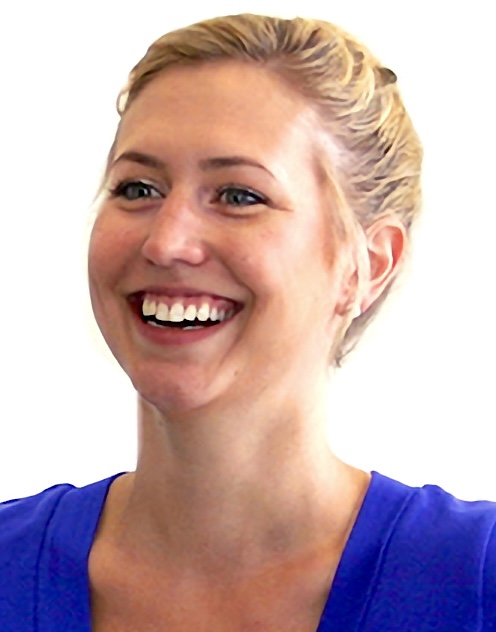
Oh Sandy ⟩
October 31, 2012, by Kendra
I lived in New York City for four years before moving out west. Each time a blizzard or nor’easter (as the locals call it) would shut down a bus line or impede the usual hustle and bustle of the city that never sleeps, my mom would call up frantically wondering if my disaster kit was assembled and if my windows were sealed. And each time I would calmly tell her that the news media is making it out to be way worse than it actually is. Usually I’d be waiting for my sushi delivery as I told her this.
But this time it’s different. Due to a perfect confluence of variables, the storm has taken the city from fast-paced to off the grid.
And it’s during times like these that I love New Yorkers most.
Instead of hearing stories from friends of looting and violence, you hear about neighbors helping neighbors. You hear of businesses making pizza in the dark for 15 hours just because they have gas and want to provide hot food to their neighborhood.
You read posts on Facebook, people offering their hot water and dry homes to those that need it. Despite their reputation for being rude, fast-talking people during times of trouble New Yorkers come together demonstrating one of the greatest human capacities: support and caring. It is a truly beautiful thing.
In learning about the physiological aspects of the stress response we learn of a number of factors that can help ameliorate its effects. One of those is social support. Talking to a friend about a bad day helps someone unwind. Going to church weekly helps a person find peace and understanding in a busy life. And having a community of 9 million people come together after a shared trauma to help rebuild helps each person cope with the tragedy in a healthy, productive way.
So hats off to you New York City. My heart goes out to you, but I know New York will continue to stand tall.
⋯





